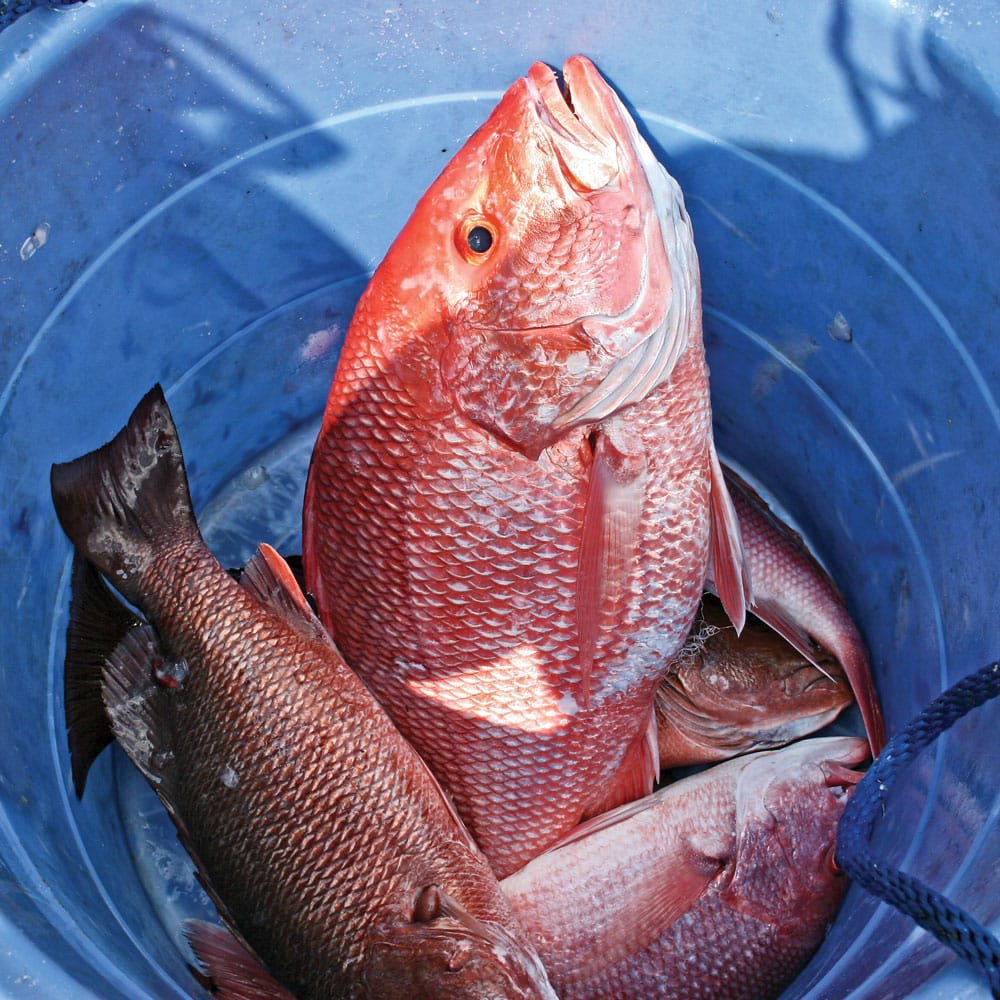
At dawn last June near Dauphin Island, Alabama, Capt. Charlie Gray pulled away from a marina dock with his four-person charter to begin an early summer day of fishing in the Gulf of Mexico.
The first target was seatrout, and plenty of 2- to 4-pound trout offered fast action in shallow water. By late morning, we had a cooler full of good-eating seatrout. And after taking a break for lunch, Gray confirmed what he’d hoped for: light wind and calm, open Gulf of Mexico water, prime for a quick offshore red snapper trip.
After cast-netting a baitwellful of frisky menhaden, he turned his 25-foot Contender southward and headed 9 miles out into the open Gulf, needing only a short run, less than 12 miles from the Dauphin Island marina.
Gray slowed his boat over a favorite artificial reef in 90 feet of clear water and gave the word to send down live baits on 30-pound boat rods. None of the baits reached bottom. Every rod quickly doubled over as heavy fish slammed the menhaden.
Anglers grunted. Bowed rods creaked. Reel drags hummed. And a full-blown snapper-catchin’ rodeo ensued.While one of the anglers worked a fish to the surface, the water around the boat turned a deep red as a massive school of similar-size reds followed the hooked 15-pound snapper, closing the distance to the Contender. A frantic 90 minutes later, it was pretty much over, with a two-snapper limit aboard for every angler.
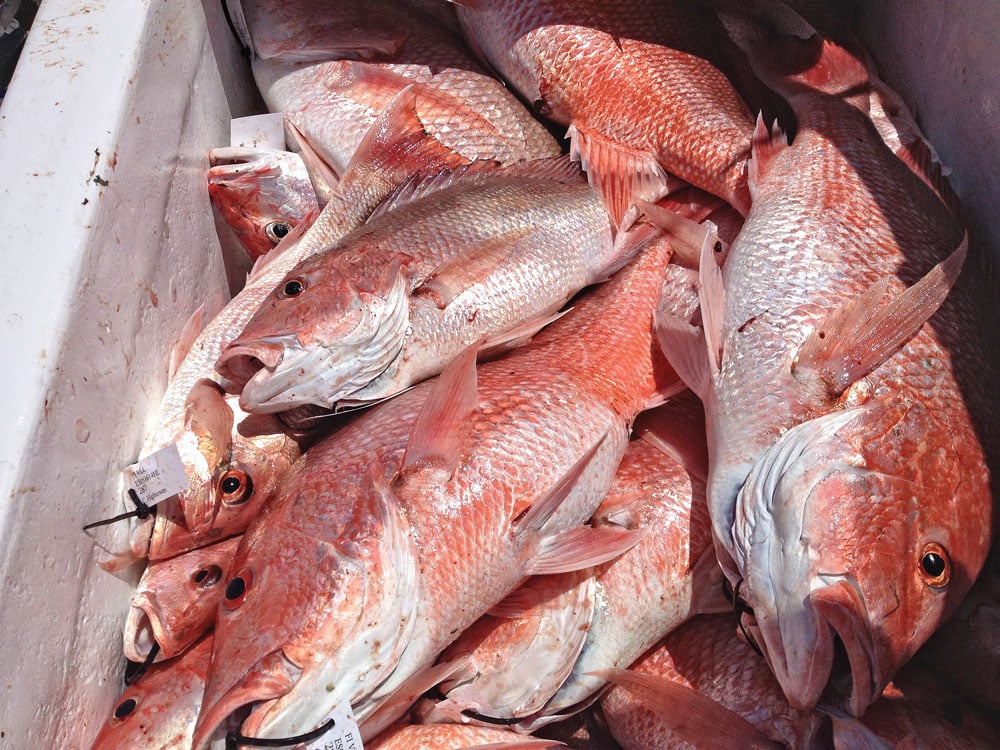
Best Ever
Such frenzied red snapper fishing doesn’t happen every day for Gray or anyone working the northern Gulf. But in recent years, the fishing has been as good as anyone can remember, and there’s seemingly no end to it.
Indeed, Alabama arguably has the best recreational red snapper fishing on the planet. Not-so-coincidentally, ’Bama also has the best and most prolific artificial reef program in the U.S., with roughly 17,000 sites dotting the state’s coast. However, with a large and aggressive reef-building program of its own, Mississippi is quickly catching up.
There is no question that such man-made reefs have created outstanding red snapper habitat and greatly increased red snapper stocks, according to Dr. Bob Shipp, a professor at the University of South Alabama who has researched both Alabama’s reefs and red snapper since the 1970s.
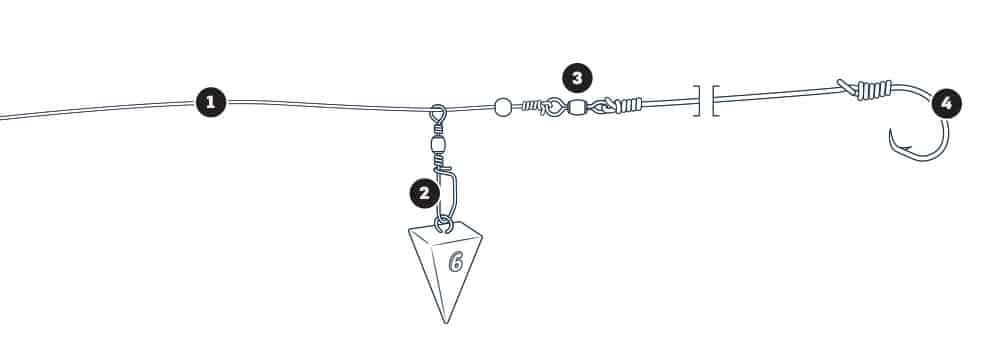
Some people believe reefs merely concentrate snapper and other species to confined places where they’re easier to target and catch. But Shipp says that’s nonsense, arguing that reefs improve habitat to such an extent that northern Gulf red snapper stocks have increased exponentially.
“Alabama could have a six-month [recreational] season with a two-fish bag limit, and that still wouldn’t make a dent in the red snapper population,” says Shipp, who served on the federal Gulf of Mexico Fisheries Management Council for 18 years. “No areas within the Gulf of Mexico show evidence that [red snapper] stocks have been depleted. In fact, in areas virtually devoid of red snapper a couple of decades ago, robust populations are now thriving.”
Shipp’s assessment of Gulf red snapper is at odds with federal fisheries management policy, which contends that stocks are gravely overfished. Tight restrictions on harvest and open seasons are mandated in federal waters beginning 9 miles offshore in the Gulf. But in waters out to 9 miles, all Gulf of Mexico states have established longer snapper seasons.
Shipp believes federal data on Gulf red snapper is outdated because it doesn’t consider the boom in snapper populations resulting from decades of artificial reef development. Oil and gas rigs also contribute greatly to snapper and other fish habitat. None of this is factored into federal data that dictates snapper limits and regulations in federal waters, Shipp says.
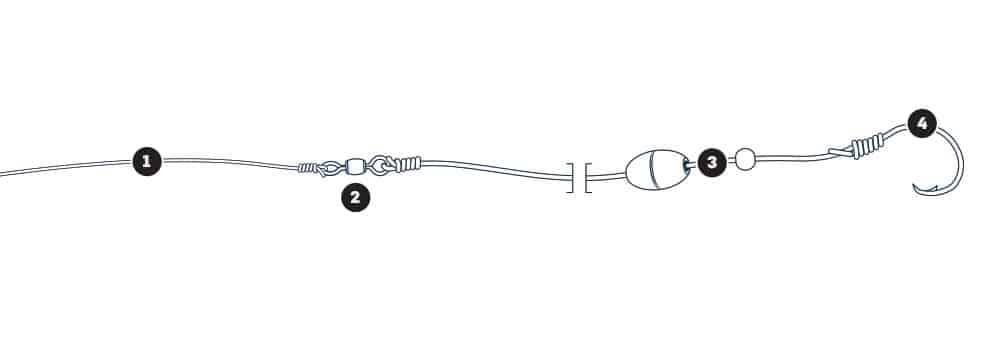
Anglers who spend time fishing reefs and rigs in the Gulf generally agree with Shipp. They say red snapper are so large and prolific, that’s all they catch, even when targeting various other reef species.
Red snapper stocks are stronger than they’ve ever been in history, Shipp says, with 20 to 25 million pounds of red snapper living just on Alabama’s artificial reefs.
The bottom line to all this is red snapper action in the Gulf now is as good as anyone, anywhere, has ever experienced.
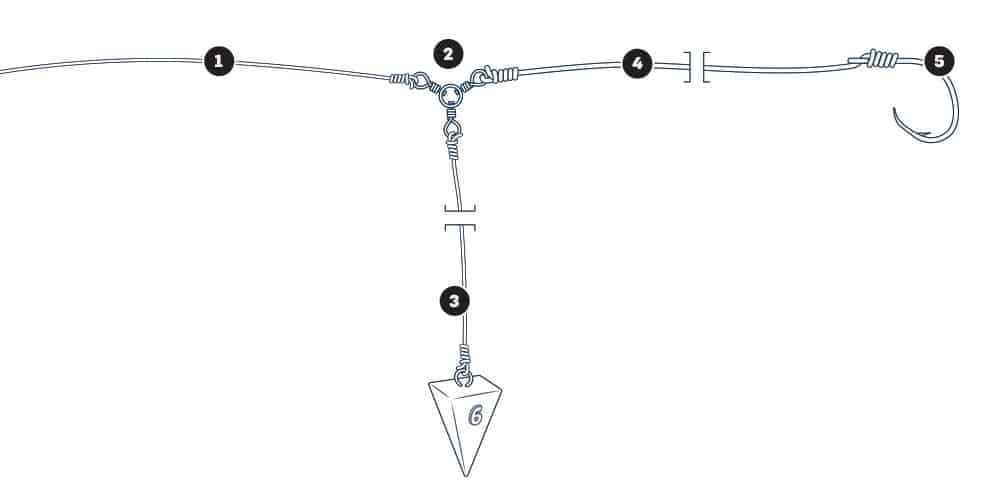
Boom Time
The reefs have created a massive state-waters habitat boom for red snapper. For over 60 years, state and private parties have sunk reefs on the previously flat-sand and mud bottom off Alabama’s remarkably small 50-mile-wide ocean coastline.
While the reefs attract a variety of fish and bait, it’s the red snapper that gets attention from anglers, especially these days, as federal managers have locked down seasons and limits with tight quotas for the species on the basis that red snapper stocks have been overharvested.
But that is far from the case in Alabama state waters, as well as in neighboring Mississippi where the construction of nearshore artificial reefs continues in earnest.
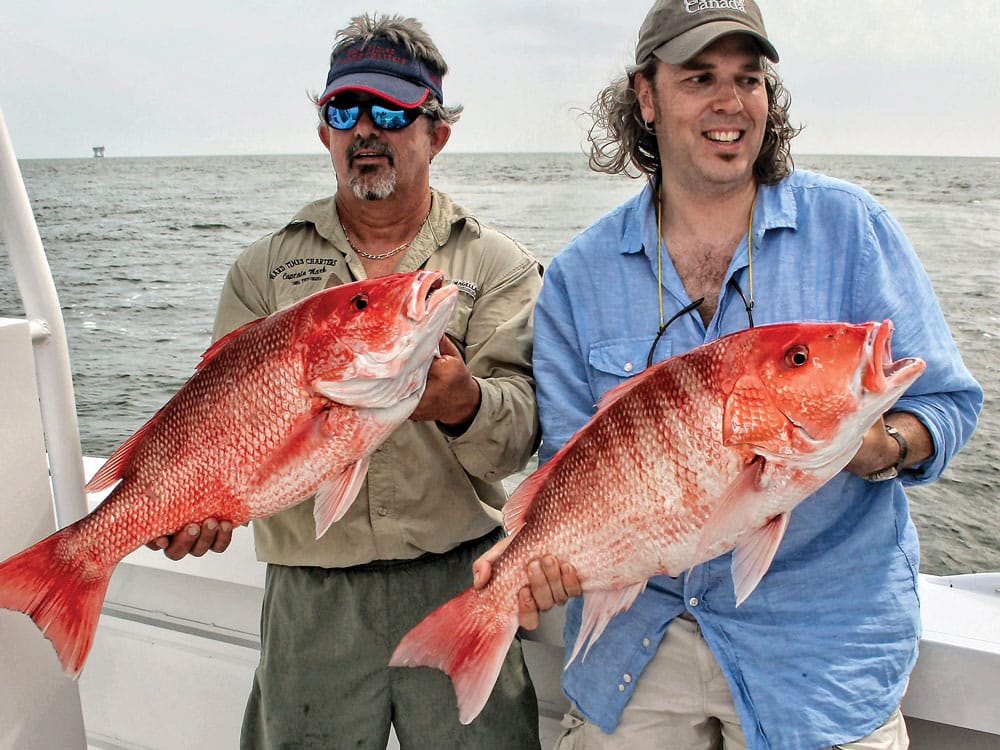
Short Runs
“We watch for good weather, and when the seas are calm with no storms threatening, we make a quick run offshore and never leave state waters,” says Jake Markris, a top angler from Fairhope, Alabama.
“We don’t have to go far, and we always find new reefs when running to well-known spots just by watching the fathometer. It’s incredible how many unmarked reefs there are out there, and so many have snapper and other fish on them. It’s amazing.” Markris favors large live hardtail baits (blue runners) for big snapper up to 25 pounds. He has little trouble catching hardtails by vertical jigging with sabiki rigs on nearshore reefs before heading out for snapper.
Most of the reefs Markris targets are in water less than 100 feet, with 70 to 90 feet the norm. When he locates a reef with fish, he throws a floating marker overboard, and the anglers start chumming with fresh cut bait. This draws snapper to the surface where individual large fish can be targeted with live hardtails, helping to avoid hooking small snapper and other species. Getting snapper to the surface also prevents cut lines on a reef.
The anglers never anchor, preferring to drift. Chummed snapper often hang out near the surface around a drifting boat, and sometimes they can be pulled away from a reef. It’s a great way to get big snapper on light tackle, and even fly-rodders score by tossing streamers into a surface frenzy.









